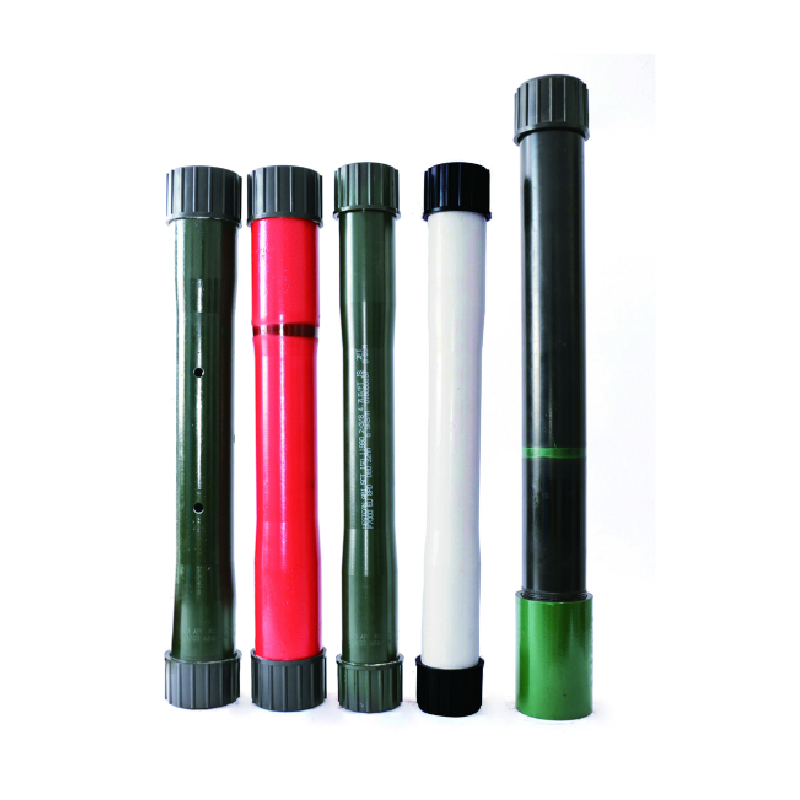- Afrikaans
- Albanian
- Amharic
- Arabic
- Armenian
- Azerbaijani
- Basque
- Belarusian
- Bengali
- Bosnian
- Bulgarian
- Catalan
- Cebuano
- Corsican
- Croatian
- Czech
- Danish
- Dutch
- English
- Esperanto
- Estonian
- Finnish
- French
- Frisian
- Galician
- Georgian
- German
- Greek
- Gujarati
- Haitian Creole
- hausa
- hawaiian
- Hebrew
- Hindi
- Miao
- Hungarian
- Icelandic
- igbo
- Indonesian
- irish
- Italian
- Japanese
- Javanese
- Kannada
- kazakh
- Khmer
- Rwandese
- Korean
- Kurdish
- Kyrgyz
- Lao
- Latin
- Latvian
- Lithuanian
- Luxembourgish
- Macedonian
- Malgashi
- Malay
- Malayalam
- Maltese
- Maori
- Marathi
- Mongolian
- Myanmar
- Nepali
- Norwegian
- Norwegian
- Occitan
- Pashto
- Persian
- Polish
- Portuguese
- Punjabi
- Romanian
- Russian
- Samoan
- Scottish Gaelic
- Serbian
- Sesotho
- Shona
- Sindhi
- Sinhala
- Slovak
- Slovenian
- Somali
- Spanish
- Sundanese
- Swahili
- Swedish
- Tagalog
- Tajik
- Tamil
- Tatar
- Telugu
- Thai
- Turkish
- Turkmen
- Ukrainian
- Urdu
- Uighur
- Uzbek
- Vietnamese
- Welsh
- Bantu
- Yiddish
- Yoruba
- Zulu
Understanding API 5CT Casing Couplings for Efficient Oil and Gas Well Construction and Maintenance Solutions
Understanding API 5CT Casing Couplings An Essential Component in Oil and Gas Operations
In the oil and gas industry, the integrity of well construction is paramount. One of the critical components that ensure this integrity is the casing coupling, particularly those manufactured according to the American Petroleum Institute (API) specification 5CT. This specification governs the standards for casing and tubing used in the production of oil and gas, and it plays a crucial role in maintaining the safety and efficiency of drilling operations.
What is API 5CT?
API 5CT is a specification defined by the American Petroleum Institute, outlining the requirements for the production of casing and tubing used in oil and natural gas wells. The specification covers various grades, types, and sizes of casing, ensuring that the products meet specific mechanical and chemical properties necessary for handling the high pressures and harsh conditions encountered deep underground.
The casing and tubing serve several vital purposes in drilling operations. They provide structural support to the wellbore, isolate different pressure zones, and protect groundwater from contamination. Among these components, the casing coupling acts as a critical connector between individual lengths of casing pipe.
The Role of Casing Couplings
Casing couplings are short lengths of pipe that connect two pieces of casing together. They are essential for creating a continuous column of casing that can withstand the high pressures and stresses encountered during drilling operations. Properly designed and manufactured couplings ensure that there are minimal weak points in the casing string, thereby enhancing the overall stability of the well.
Typically, API 5CT casing couplings are designed to match the casing pipe's outer diameter and thread type. They are manufactured using high-quality steel that meets stringent industry standards, thus ensuring reliability and durability. The use of couplings also allows for flexibility in handling varying depths and pressures, making them an indispensable part of drilling operations.
api 5ct casing coupling

Types of Casing Couplings
API 5CT provides specifications for several types of casing couplings, including
1. Threaded Couplings These are the most common type, featuring external threads that fit into the casing pipes. Threaded couplings are relatively easy to install and allow for quick assembly and disassembly of the casing string.
2. Welded Couplings For high-strength applications, welded couplings provide a robust connection that mitigates the risk of leakage. These are typically used in more challenging environments where additional strength and integrity are required.
3. Integrated Couplings These couplings are designed to be simpler and may integrate with the casing itself. They offer the advantage of reducing the number of connections in the casing string, thus enhancing the well’s reliability.
Conclusion
In summary, API 5CT casing couplings are critical components of oil and gas drilling operations. They ensure the stability and integrity of the well, allowing for efficient and safe extraction of resources. By adhering to API standards, companies can minimize risks associated with drilling operations, such as casing failures and leaks, which can have significant safety and environmental implications.
As the demand for oil and gas continues to grow, so does the need for reliable and high-quality components in the industry. Understanding and implementing API 5CT specifications for casing couplings is essential for companies aiming to maintain operational efficiency and safety in their drilling activities. Ultimately, investing in quality casing couplings leads to longer-lasting wells and cost-effective operations, underscoring their importance in the oil and gas sector.
-
Tubing Pup Joints: Essential Components for Oil and Gas OperationsNewsJul.10,2025
-
Pup Joints: Essential Components for Reliable Drilling OperationsNewsJul.10,2025
-
Pipe Couplings: Connecting Your World EfficientlyNewsJul.10,2025
-
Mastering Oilfield Operations with Quality Tubing and CasingNewsJul.10,2025
-
High-Quality Casing Couplings for Every NeedNewsJul.10,2025
-
Boost Your Drilling Efficiency with Premium Crossover Tools & Seating NipplesNewsJul.10,2025







